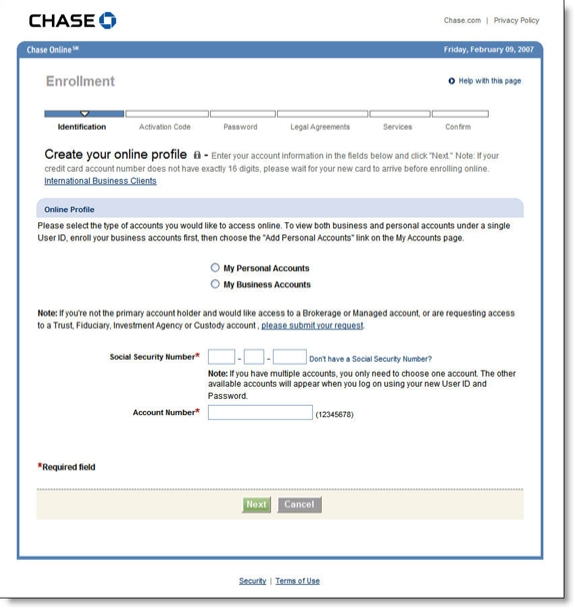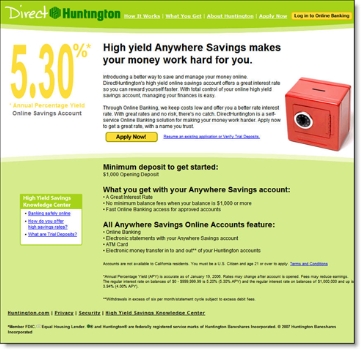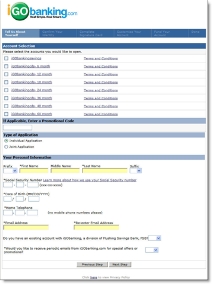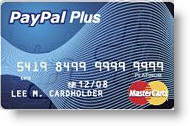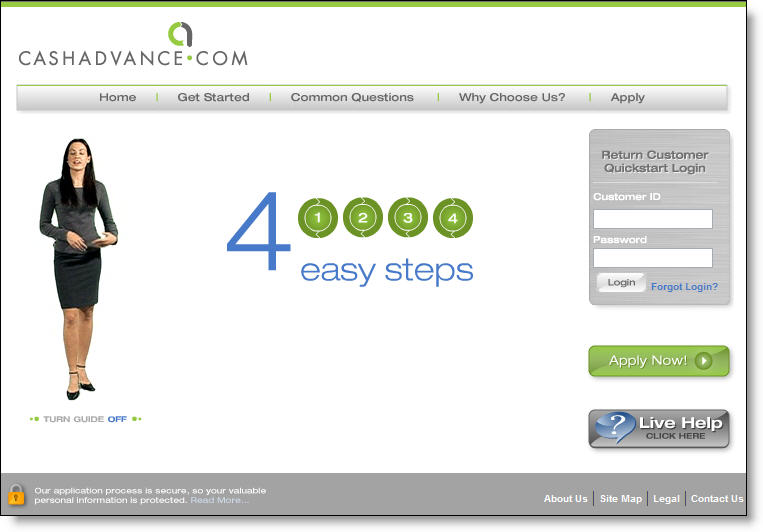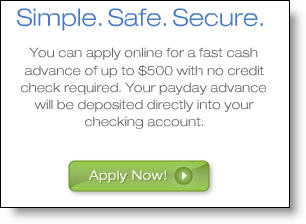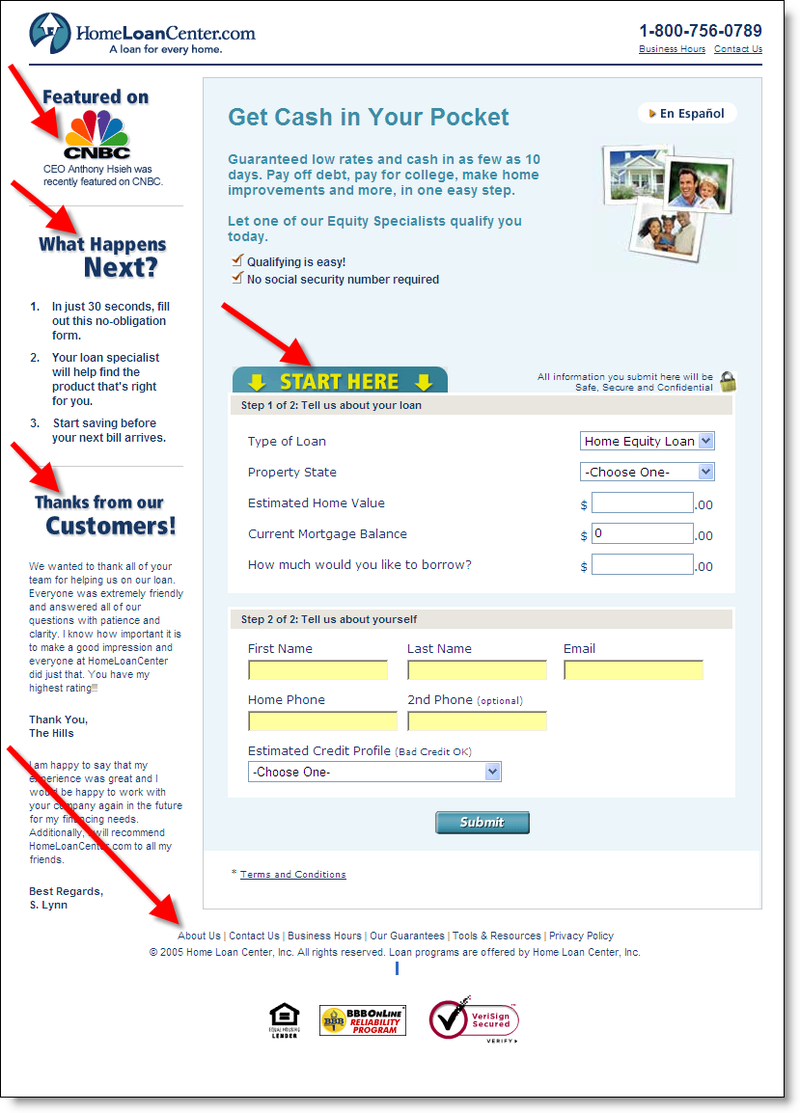 It's been a few years since I've opened a new checking account online. Even though it took more than a week, Bank of America did get my account set up without a glitch. That's a significant improvement over my last experience when I applied for a small business checking account online at WaMu and never heard from them again (note 1).
It's been a few years since I've opened a new checking account online. Even though it took more than a week, Bank of America did get my account set up without a glitch. That's a significant improvement over my last experience when I applied for a small business checking account online at WaMu and never heard from them again (note 1).
I wrote about the mediocre application process at Bank of America two weeks ago (here). But its so-called onboarding process was even worse (note 2). Below is my list of complaints. While none are deal-breakers for a new account holder, in total they created a relatively bad first impression, especially surprising for a company that has built such an outstanding online banking program used by 23 million Americans.
My main issue: The bank still relies on snail-mail to onboard a new online customer. And it arrived in five separate pieces beginning more than a week after I'd applied online. Here are the mailings alone with the approximate day of arrival (the day indicated is the approximate number of calendar days after submitting the application online note 3):
- Day 10 (calendar days after applying online): PIN mailer
- Day 12: Welcome mailing with signature card
- Day 12: Online banking letter
- Day 14: Debit card
- Day 21: Credit report from the monitoring service (I purchased).
In comparison, I received just two emails, one confirming that I'd applied and one a week later telling me my account was ready.
- After submitting my online application in mid-November, I was told it would take "additional processing time," and I heard nothing for more than a week. That's way too long to keep someone waiting for a new account. I've had a credit card in good standing with Bank of America for more than a decade, what could possibly have caused the holdup in adding a free checking account?
- The first thing I received in the mail was my debit card PIN mailer with nothing other than a generic PIN number. That shouldn't be the first thing that comes in the mail.
- Over the next few days, I received a letter about online banking, my debit card, and a new account package with a "signature card" that must be returned. From a consumer standpoint, three separate mailings creates more confusion than is necessary.
- The signature card form was poorly designed. I've been in banking for more than 15 years, and I didn't understand half of what was on that form. It looked like something that a bank rep would fill out in the branch, not a customer form at all. And there were no instructions with the form.
- The bank didn't send any paper checks, which is fine, but it neglected to tell me what routing number to use to get funds into the account electronically. I had to call the bank to find out.
- Furthermore, the bank didn't provide any deposit slips or info on how to get more money into the account — a serious omission for a checking account!
- The new checking account did not show up with my existing BofA credit card when I logged back in. I had to call customer service in order to link my card to my checking account, even though I had signed up for the checking account using a link in the online card-management system! Apparently, this has something to do with the unique system that houses checking accounts in Washington and Oregon. The service rep was nice, but couldn't really explain why my online banking didn't work right. And I'll only be able to see one of my two BofA cards with my checking account. I will have to use two separate online banking logins to track all three accounts; again, this is a problem unique to Pacific Northwest customers.
- Even though I deposited $1,000 into the account via credit card, I did not receive any confirmation of that transfer.
- During the application process, I signed up for a free trial of the bank's credit monitoring service. I received my paper credit report in the mail within two weeks, but again, no email confirmation of the service was received. The paper report also neglected to mention anything about the free trial or the pending monthly charge.
Notes:
1. Since this first incident occurred at least three years ago, I won't be too critical of WaMu here since the initial incident is well beyond the "blogging statute of limitations." While I cannot rule out user error on my WaMu checking account application, I'm reasonably certain I submitted a valid application. I had lunch with a WaMu exec yesterday, and he assured me the bank's online application process works extremely well these days.
2. I hold Bank of America to a much higher standard here. With 23 million online banking customers, they have the resources to make the process flawless.
3. Unfortunately, I failed to log the mail and am relying on memory here, but it was just a few weeks ago, so this is accurate plus or minus a day or two.




